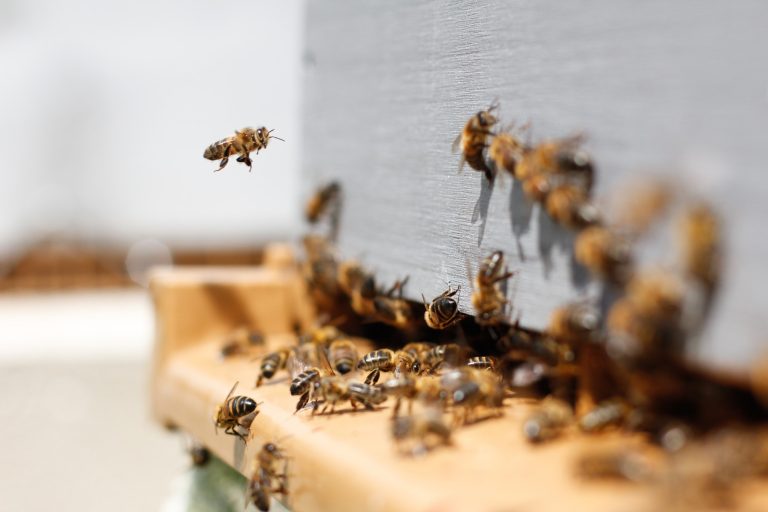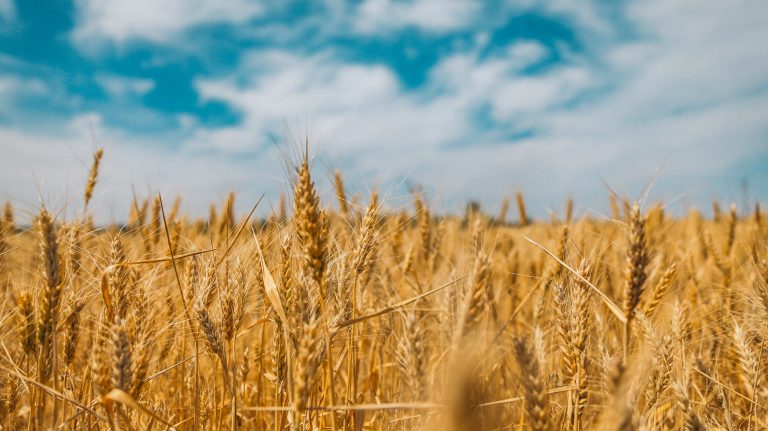Marten change with the climate. Scientists have no doubts
The body weight of pine martens and domestic martens living in Europe has increased significantly over the last six decades. This is related to climate warming, say the authors of these studies, scientists from various European countries, including Poland.
“Climate warming affects many aspects of animal life, including changes in the size of organisms. The global increase in temperatures leads to a reduction in the body size of many organisms, which – apart from changes in phenology and species distribution – is considered one of the main responses of organisms to climate change. The latest research provides evidence of a reduction in the body size of plants and animals – from producers to predators at the top of the food chain,” notes the first author of the study, Anna Wereszczuk from the Institute of Mammal Biology of the Polish Academy of Sciences in Białowieża, in a press note sent to Nauka w Polsce.
An international team of researchers from centers in the Netherlands, Slovakia, Croatia, Denmark, Hungary, Greece, Portugal, Spain and Poland analyzed changes in body weight of pine martens and martens in Europe over the last 60 years. Scientists have shown that these animals do not follow the general rule of “declining”. As a result of global warming, the average body weight of both species is increasing – they report in Scientific Reports.
Fight for food
Scientists found that during the period under study, the body weight of pine martens increased by as much as 24 percent, while the body weight of house martens increased by 6 percent.
The increase in the body weight of a pine marten can be compared to the increase in the average human body weight, e.g. from 70 kg to 87 kg, to imagine its scale. Larger pine martens have greater energy requirements compared to those that inhabited Europe in 1960. So they have to hunt more often or hunt larger prey – notes Dr. Anna Wereszczuk.
She adds that both species of martens can compete with each other for food, because both pine martens and domestic martens can obtain food in the same environments, e.g. in agricultural areas, field trees and bushes.
– Our research shows for the first time that the marten has a larger body size than the pine marten in most of the common range of both species, which may give it an advantage in interspecific competition. However, the rapid increase in the body size of the pine marten and the much slower increase in the house marten result in a gradual reduction of differences in body size between these species, which may result in increased competition between them – comments the biologist. – Our research indicates that adaptations to climate change may result in changes in interspecies interactions in animal communities.
Female pine martens weigh on average 1031 g (from 639 to 1500 g), and males – 1451 g (from 788 to 2200 g). Domestic martens are slightly larger and weigh 1279 g (602–1930 g) and 1620 g (800–2500 g), respectively.






